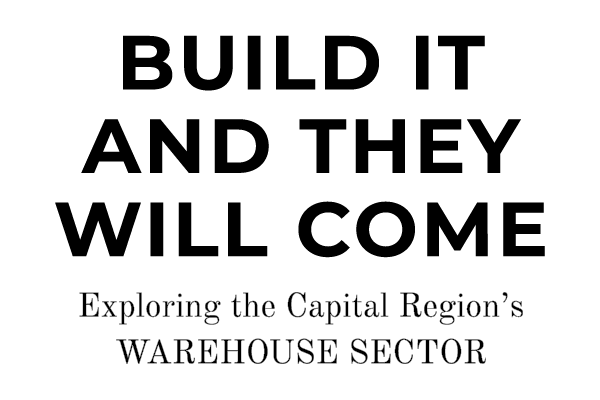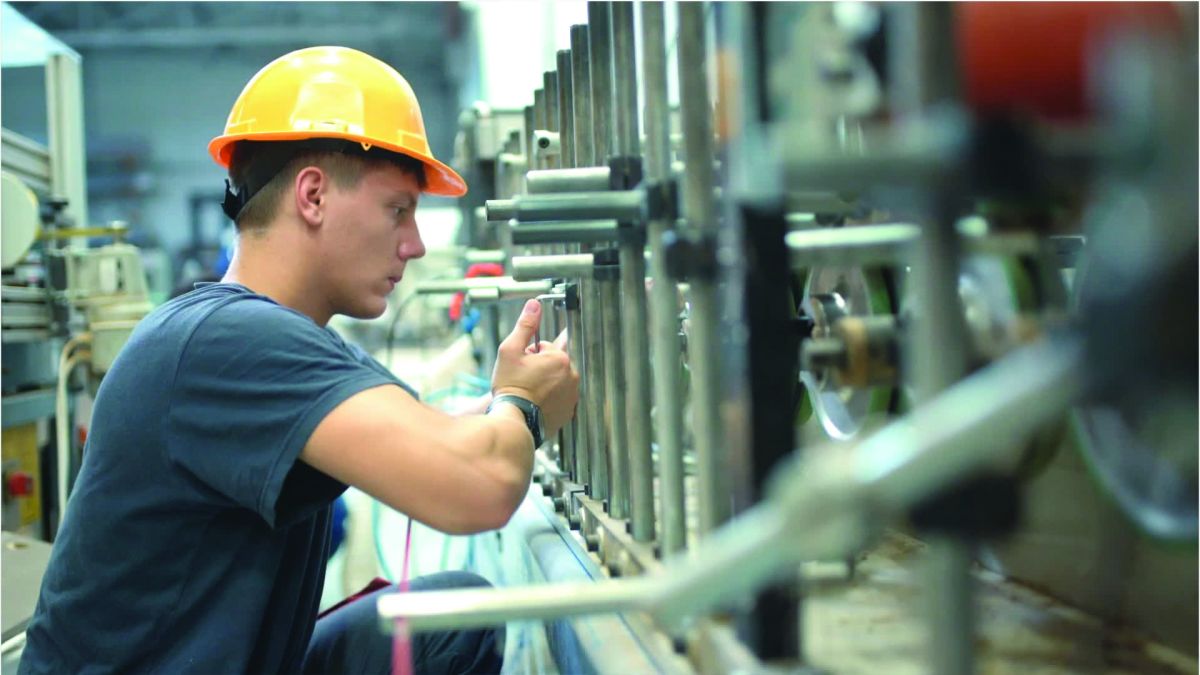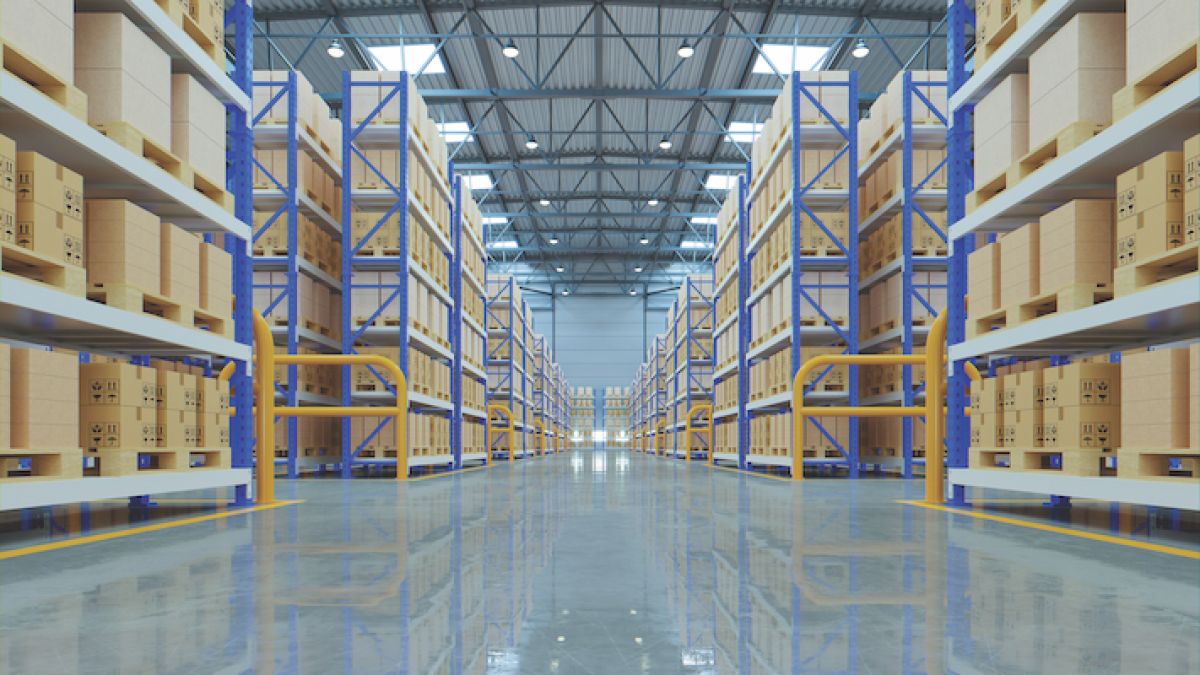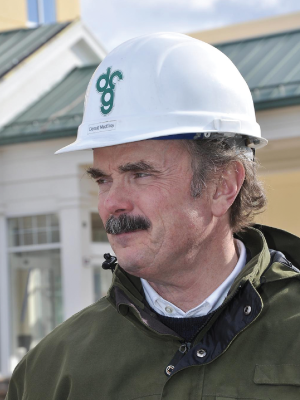
written by Jordan Dunn

Modern communities are a balancing act. For one to thrive, both day and night, it takes the right equation of established residential and commercial entities.
As consumers of residential properties, many of us readily understand the markets and trends that are connected to this side of community life. However, how many of us truly understand the markets and trends in the commercial (sometimes referred to as industrial) sector?
Where Does Our Region Stand?
With regards to growth and prosperity, Saratoga County remains at the front of the pack in the Empire state. You would be hard-pressed to drive through Clifton Park, Malta, or Wilton without seeing a construction project underway or an existing structure being re-imagined and renovated into a new kind of space. While some may balk our growth, as William S. Burroughs said, “When you stop growing you start dying”.
The Game
From big corporations like Amazon and Logistics One, to smaller 3rd party suppliers and distributors, much of the demand in the area is driven by online commerce trends. But that is where their similarities end. Depending on the company, their requirements range so widely that building the ecosystem to support them is a balancing act.
Some of the variables that come into play include size of the space needed; cost per square foot; availability; zoning policies; and community input. It's a complicated process not for the faint of heart.
For more insight, we spoke to some local experts in the field.

Size
Depending on the company, these businesses can require anywhere from “15,000 or 20,000 square feet to 150,0000 sq ft.” said Tom Savino of CBRE Albany.
Tom Roohan of Roohan Reality said it can range anywhere from 30,000 sq ft. to 1 million sq ft. “Which is essentially 20 acres under one roof, if you can picture it”.
Regarding pricing, “It depends on the industry,” said Roohan. “As there are so many different kinds of companies utilizing these spaces, price levels depend on what kind of activity will happen in the space.” For example, it would cost more to have a space that is equipped to become a food storage facility than a warehouse that holds plywood and similar products.
Savino echoed the same sentiments.
The bottom line is there is no magic number when it comes to this sector. The needs of companies are so vast that a median cannot readily be identified.
Availability
When it comes to availability, the sector is divided into two categories, existing spaces & ground up construction.
Existing Space
According to Savino “A lot of the existing buildings here are of an older generation.” This is a factor that contributes to the current trend of warehouse owners putting up buildings on speculation (a landlord looking to lease for a tenant).
Savino commented that “prior to the current demand there wasn't speculative warehouse space that was put up. Buildings are going up now without a specific tenant in mind…This may not last for much longer depending on the eventual flow of inflation that we are currently seeing taking a rise.”


Ground Up Space
So, once the “good products of the old generation are gone, of which many already are, that is when people take a look at building new,” said Savino.
However, when it comes to new construction “costs are high, and financing is becoming more expensive, so as those two affect the market, those will impact an investor or landlords’ incentive to put up the building,” further explained Savino.
Demand
Although there was some pent-up demand during covid, “...as we came out of covid that demand was still there, but now with inflation and what not, it is yet to be seen if that will impact the new construction or speculation rates in the area.” explained Savino. “One thing to keep in mind, is that here in the Capital Region, we are in a real estate area that is usually very stable throughout the years. Unlike big metro areas, it's more of a steady climb or decline.”
Zoning and Community Impact
“A lot of what can hold a space back is infrastructure and preplanning elements,” said Savino.
In the Capital Region, like any place, there are only so many spaces that have the correct zoning, or ones with the right utilities already included. Additionally, even if a place may be correctly zoned, a new build can be impacted if the community is not in favor of the incoming company or planned purpose of the facility.
Bottom Line
“A company that is looking to come into this area, that knows they have to build something specific; they are gonna take a look at zoning, approval process, locations, interstate” said Savino.
It is fair to say that we have only just scratched the surface of all the numerous elements and factors that play into development of Industrial and Warehouse Sectors.
While keeping these key details in mind, we knew it necessary to speak to a few more experts to accurately lay out what this sector may look like in the future. For this we had the fortunate opportunity to speak with two notable members of the development community, the Galesi Group and the DGC Development Co.

“This segment is still the strongest segment of all retail segments at the moment. Industrial is leading the way in continuing to grow and create demand.” -Buicko of Galesi Group
Galesi Group
The Galesi Group has been in the business since 1969 in upstate New York and David Buicko, COO has seen over 40 of those. To take advantage of his numerous years of expertise we delved into a bit of Q and A with this long-time member of the Capital Region.
Q: How would you describe the current climate of this sector?
A: It’s one of the strongest I’ve ever seen, with close to 100 percent occupancy rates here in the Capital Region.
Q: What does the portfolio of your own company look like?
A: Our group has over 10 million sq footage of industrial space in our portfolio. This means that we oversee a large percentage of the market share in this region as a whole.
Q: If this sector continues to expand, what will that mean for competitors?
A: In this industry, you will always see new players; meaning there is certainly no monopoly when it comes to developers.. For example there are a lot in Clifton Park and Saratoga that are expanding right now…If a market is strong there will always be growth.
Q: How do you foresee the current inflation numbers we are seeing impacting the industry?
A: Yes, we are seeing prices going up. And, Yes, it costs us more to build the building..And Yes, it may reduce some of the people on both sides of this…Ultimately, though, we are rather confident that the demand in this sector will continue to stay positive.
Q: Are there any future plans or needs that our area will have to consider moving forward in regards to this sector?
A: As a region, as a nation really, we have to continue to invest in our roads and rail infrastructure. Without these, logistics can't happen. Fortunately for the Capital Region, our transportation sector is doing well, but that doesn’t mean we can’t continue to plan for the future and that means we must continue to invest wisely in the now.


DCG Development
For insight on Saratoga County specifically, we spoke to Donald MacElroy, Vice President of the DCG Development Co. DCG has been has been in the business for over 50 years and can be considered a stable player in this sector in Saratoga County, with one of their most notable portfolio pieces being Clifton Park Center, located in the hub of Clifton Park. We were also able to delve into a bit of Q and A with Mr. MacElroy.
Q: How would you describe the county’s development over the years?
A: Saratoga county, on an overall basis, has seen sustained and continuous growth over the years. As a county, it has good taxes, a good approval process and a great local development team with the SEDC.
Q: What do you think has driven some of this long term positive development?
A: I would like to think that the new development of Global Foundries is a good driving force here… Distribution is also certainly of a fair amount of development in the area here at the moment. Exit 16 and 10 are especially seeing a lot of development, which makes sense as they are well positioned for a wide market and I think we will see that continue.
Q: As commercial retail space is a large piece of your portfolio, how would you currently describe the climate in that sector?
A: It’s certainly experiencing some transitions; we saw a lot of that happen due to covid. I think over time, it will shake itself out however…Online business will certainly continue, but Big Box stores are changing modes of operation, and I think because of that they will stick around. They are getting smart about the transition.
Q: Do you have any predictions for this sectors future?
A: I wouldn’t venture to say what anything will look like in the years to come. Everything is changing and reshaping itself right now.
A Sector Worth Watching?
It’s always easier to follow industries and sectors that are important to us, or impact our daily lives directly. The Commercial and Industrial Sectors may not be ones that initially come to mind when we first check out the morning news, but they are sectors that impact our daily lives whether we consciously recognize it or not. In the years to come these sectors will only have an increasing impact as it is a sector that is seeing high rates of demand. Will you be one to follow along with its developments?
